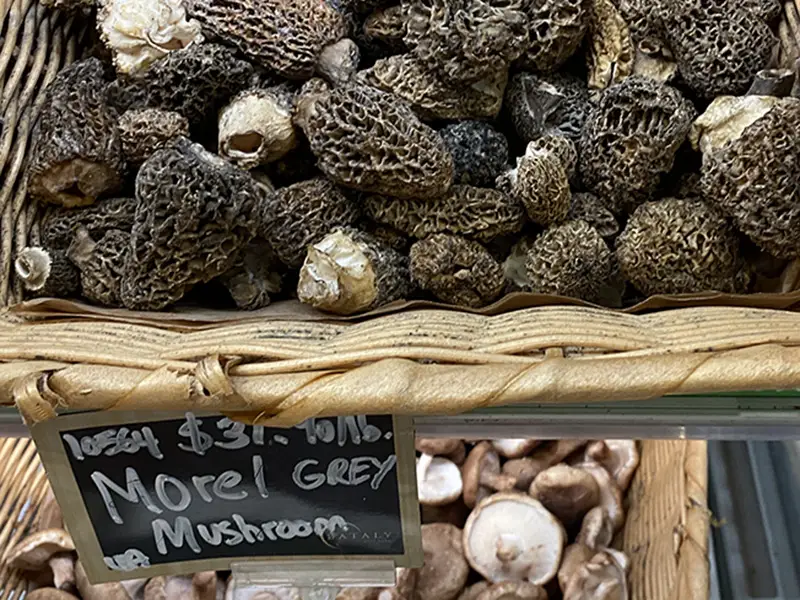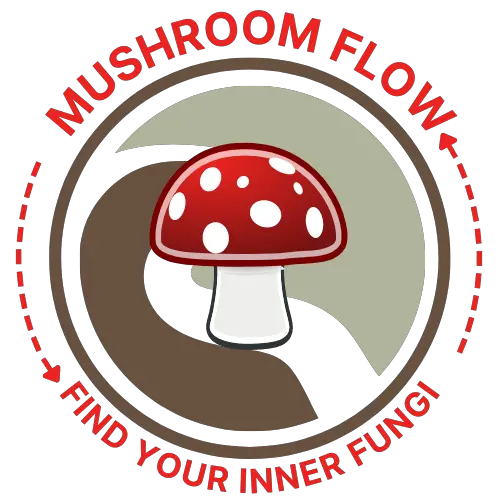Morel mushrooms are a special treat around the world. The rich, nutty-meaty flavor of a morel combines beautifully with most meats and veggies but is also tasty sauteed alone. Feasting on the morel has become quite a luxury experience, which has caused the price of morel mushrooms to skyrocket.
The reasons for the high prices of morel mushrooms are increasing demand, short growing season, and relatively short shelf-life. Additionally, morels are notoriously difficult to cultivate commercially.
After a recent trip to the market to buy morels, I had to find out more about the reasons for the high price. Read on to explore the rising costs of the morel mushroom.

Why are Morel Mushrooms so Expensive?
The morel market cannot keep up with the increasing demand so prices continue to rise. Limited morel supply is due to a short growing season, a 2-week shelf-life, and the current lack of mass commercial cultivation.
Morel’s growing season spans from March to May. An already short growing season can become even shorter during inclement weather. For example, if spring isn’t wet enough or cold weather lasts too long, then the morels won’t grow.
Cultivating large amounts of morels has proven inconsistent, so morels are typically found in the wild. Mushrooms like oysters can be easily produced in large quantities commercially, which helps these mushrooms’ prices stay lower than morels.
Ways to include Morels on a budget
While adding gourmet mushrooms to a tight budget can be difficult, an economical way to buy morels may be to buy small quantities of them dried. When mushrooms are dehydrated most of the nutrients and substance remain but the water is evaporated, giving you more mushrooms by weight. Check out this related post on Dried Mushrooms.
When morels are dehydrated, they can be shelf-stable for up to a year if stored properly. This allows you to buy morels and use them at your own convenience, making them a longer-lasting and somewhat budget-friendly choice.
When you buy dehydrated morels, remember that 1 oz of dehydrated morels will be about half a pound when rehydrated.
Is there anything special about morel mushrooms?
In addition to a morel’s special appearance, there are a lot of health benefits to eating these mushrooms. Here are just a few perks:
- Anti-inflammatory
- Anti-oxidants
- Immunostimulatory
- Anti-tumor properties
- Vitamin D
- Iron
As you can see, there are real benefits to morel mushrooms beyond their taste. Morels provide vital vitamins and nutrients.
Where do Morel Mushrooms Grow?
Morel mushrooms grow in North America, Asia, and Europe.
To get an idea of where to find morels, The Great Morel has a great sighting map. Foragers can go to the map and mark when and where they have sighted morel mushrooms, to help others get an idea of where to look. On the map, you can clearly see how morels love wooded areas.
Tree canopy and leaf debris help conserve water in the soil, creating an ideal environment for morels. Morels are also known to prefer certain trees like oak, elm, apple, and ash.
A great way to find out more about morel foraging in your area is to explore local Facebook foraging groups. Experienced morel mushroom foragers are eager to help out beginners. Seeking out those with ample experience can help propel you through the foraging learning curve.
Can I grow morels at home?
While morels grow naturally outdoors in many locations, they are challenging to grow at home, especially indoors.
There have been some successful efforts cultivating morels indoors, such as The Danish Morel Project, but in general, the process to grow morels is more difficult than with some beginner-friendly mushrooms like oyster mushrooms.
For the brave few who are still interested in what it would take to grow morels outdoors, here’s an outline of the process:
Find a good location
The first step is to simply find a location that will mimic the environment where morels are naturally found. The location should include:
- Partial shade
- Loamy soil with woody debris
- A reliable source of water
While morels are typically a spring crop, it may be possible to grow them in the fall. Growing morels in the fall may be best for locations with hotter springs and summers.
Methods
The easiest method is to order a morel mushroom kit prepared by a professional grower. For the more ambitious morel growers, it’s possible to set up the whole project. If you decide to do the latter, you will need to get your hands on some freshly picked morel mushrooms for their spores.
For this project, you only need a single morel mushroom. You can add more if you would like to increase the number of spores. The more spores you have, the more likely morels will germinate and be able to overcome other fungi or bacteria.
Next, boil a pot of filtered water with a tablespoon of sugar or molasses and a pinch of salt. Boiling the water will help sterilize it, the molasses will help feed your mushrooms as they start to grow and the salt will inhibit bacteria growth.
After the water has cooled, blend or chop up your morel mushrooms and add to the water. It’s best to let the mixture, aka spore slurry, rest for 24 to 48 hours. After resting, the spore slurry is ready to pour onto the selected growing site.
After you have poured out the mixture you will want to add a thin layer of compost. If you are successful you should start to see the mycellium growth on the wood chips in only a couple of days. However, following all of the steps correctly doesn’t always guarantee success with these notoriously finicky mushrooms.
Final Thoughts
Morel mushrooms are a delectable treat with a high price tag. Demand for morels continues to increase while cultivation remains challenging. Despite this difficulty, morels remain a delicious, tasty, and healthy food choice.
